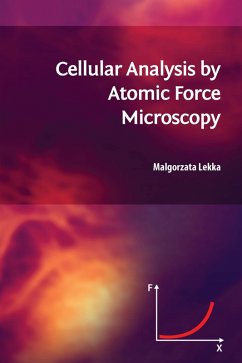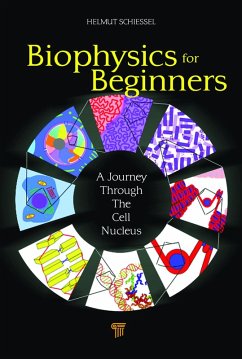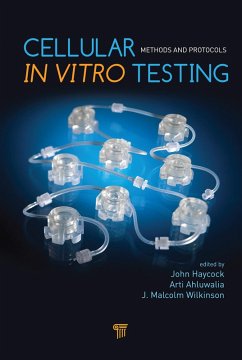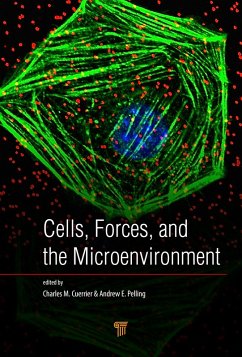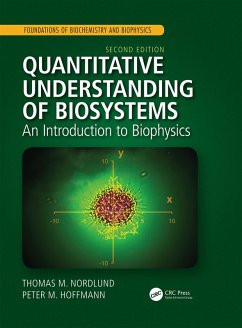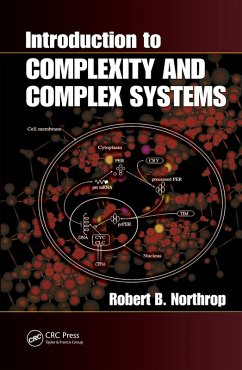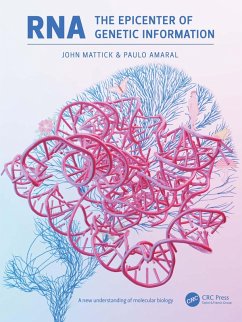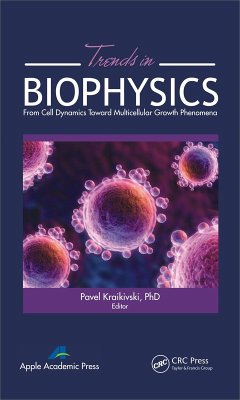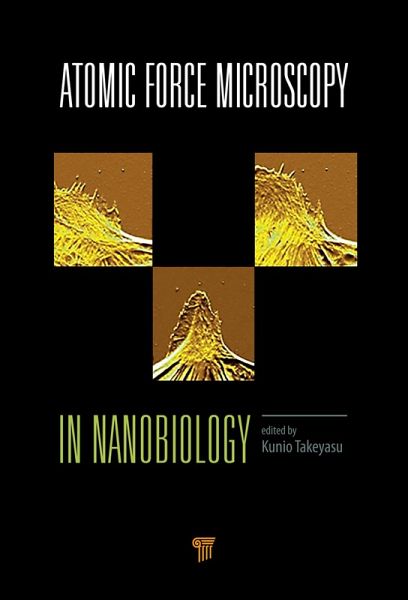
Atomic Force Microscopy in Nanobiology (eBook, PDF)
Versandkostenfrei!
Sofort per Download lieferbar
112,95 €
inkl. MwSt.
Weitere Ausgaben:

PAYBACK Punkte
56 °P sammeln!
Recent developments in atomic force microscopy (AFM) have been accomplished through various technical and instrumental innovations, including high-resolution and recognition imaging technology under physiological conditions, fast-scanning AFM, and general methods for cantilever modification and force measurement. All these techniques are now highly
Dieser Download kann aus rechtlichen Gründen nur mit Rechnungsadresse in A, B, BG, CY, CZ, D, DK, EW, E, FIN, F, GR, HR, H, IRL, I, LT, L, LR, M, NL, PL, P, R, S, SLO, SK ausgeliefert werden.




